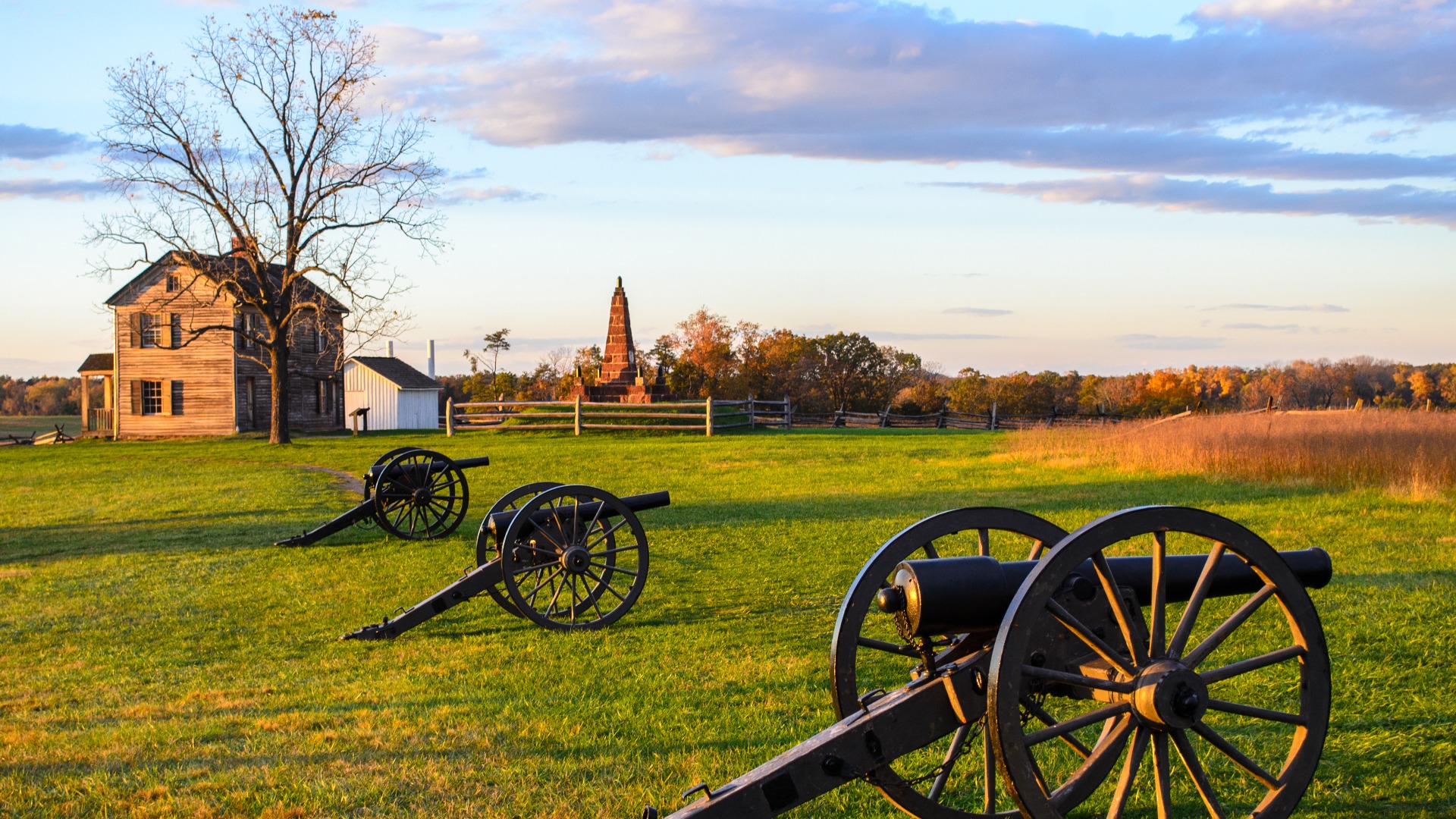Understanding Creosote: A Comprehensive Guide for Prince William County, VA Residents
In the heart of the beautiful Prince William County, VA, where the winters can be a bit harsh, the need for a warm and cozy fireplace is essential. However, the enjoyment of a crackling fire should come with an understanding of its maintenance and safety, particularly concerning creosote. A&T Chimney Sweeps, a leading fireplace, furnace, dryer vent, gutter cleaning and repair services provider in Prince William County, VA, emphasizes that understanding creosote is crucial for all homeowners with fireplaces or wood-burning stoves.
What is Creosote?
Creosote is a by-product of wood combustion. When wood burns, it releases various compounds, such as smoke, water vapor, unburned wood particles, tar fog, and other minerals. As these substances exit the fireplace or wood stove and flow up into the relatively cooler chimney, condensation occurs. The resulting residue that sticks to the inner walls of the chimney is creosote.
Creosote is usually dark brown or black and can have several different forms. It can be flaky and dusty, tar-like and sticky, or hard and shiny, depending on the stage of creosote build-up. Each form poses a unique risk and requires a different approach for removal.
Why is Creosote Dangerous?
1. Fire Hazard
Creosote is highly combustible. When it accumulates in large amounts and the internal flue temperature is high enough, it could ignite, resulting in a dangerous chimney fire. These fires can spread rapidly and cause significant damage to homes, and potentially harm inhabitants.
2. Health Risks
Creosote particles can also be a health hazard. Long-term exposure to creosote can cause skin and eye irritation, respiratory issues, and even certain types of cancer.
How to Prevent Creosote Build-Up?
1. Use the Right Wood
Hardwoods like oak, maple, and birch are less likely to produce creosote because they burn hotter and cleaner than softwoods. Also, make sure the wood is seasoned, meaning it has been left to dry for at least six months. Seasoned wood has less moisture and produces less smoke, thus reducing the amount of creosote.
2. Maintain Proper Airflow
A well-ventilated fire burns more efficiently and produces less creosote. Make sure the damper is fully open when you start the fire and adjust it as necessary for proper airflow.
3. Regular Cleaning and Inspection
Regular chimney cleaning and inspection are essential in preventing creosote build-up. Cleaning removes any creosote that has accumulated, while inspection ensures the chimney is in good condition and safe to use.
It is recommended to have your chimney professionally cleaned and inspected at least once a year by a qualified chimney sweep. An expert will have the knowledge and tools to remove creosote safely and efficiently.
In Prince William County, VA, A&T Chimney Sweeps offers professional chimney cleaning and inspection services. Their team of experts is equipped to handle all types of creosote build-up and ensure your chimney is safe and ready for use.
FAQs
1. How often should I clean my chimney to prevent creosote build-up?
The National Fire Protection Association recommends that chimneys, fireplaces, and vents be inspected at least once a year and cleaned as necessary.
2. Can I clean the chimney myself to remove creosote?
While DIY may seem appealing, chimney cleaning is a job best left to professionals. Proper creosote removal requires special tools and knowledge to be done safely and effectively.
3. Can creosote be completely prevented?
Creosote production is part of wood-burning processes. However, its accumulation can be minimized through proper fireplace use and regular cleaning.
4. Can I use chemical chimney cleaners to remove creosote?
Chemical cleaners can help loosen creosote, but they are not a substitute for professional cleaning. They should be used as part of a broader maintenance plan.
5. How can I tell if there’s too much creosote in my chimney?
Signs of excessive creosote include dark, smoky stains around the chimney or fireplace, a strong, unpleasant odor, and reduced drafting (smoke coming into the room instead of going up the chimney).
Understanding creosote and its implications is vital for the safety and efficiency of your fireplace or wood stove. By taking the necessary precautions and engaging the services of professionals like A&T Chimney Sweeps, you can enjoy your fireplace or wood stove while ensuring the safety of your home and loved ones.








